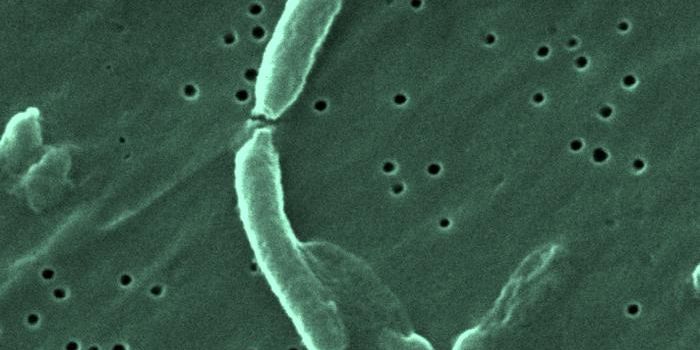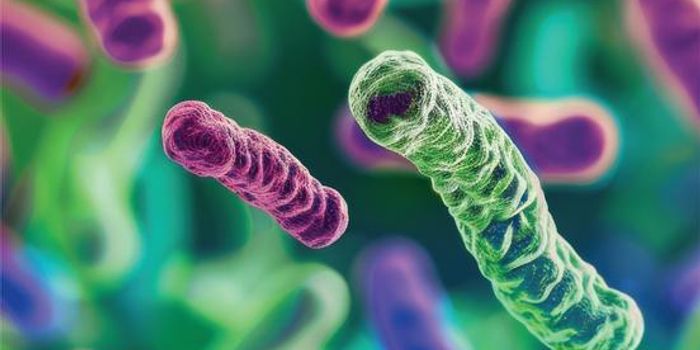A New Understanding of How Pathogens Attack Human Cells
When our body is attacked by a pathogen, the pathogen has to find ways to evade our immune system and invade our cells to cause infection and illness. Reporting in Cell, researchers have now identified the human molecules that are targets of pathogens that are transmitted by ticks, mosquitoes, and other disease vectors. The investigators are hopeful that this effort may help reduce the public health threat posed by vector-borne diseases. These illnesses are also on the rise as climate change widens the areas that are home to insects like ticks and mosquitoes.
"We wanted to better understand the precise mechanisms by which pathogens interact with humans to infect the host and cause disease," said first study author Thomas Hart, PhD, a postdoctoral researcher at Yale School of Medicine (YSM).
The investigators used a library of extracellular and secreted human proteins to assess thousands of potential interactions between these human molecules and a variety of different microbial pathogens. Then they looked closer at the significant interactions they found.
This work revealed several surprising connections. For example, the bacterium that causes Lyme disease, Borrelia burgdorferi, was found to interact with human epidermal growth factor (EGF).
"Why Borrelia interacts with EGF and what that does for Borrelia pathogenesis is not yet known, and that could have implications for Lyme disease," noted corresponding study author Erol Fikrig, MD, a Professor at YSM among other appointments.
The study also found that a protein called disulfide isomerase aids the invasion of Rickettsial pathogens, which can cause spotted fever and scrub typhus.
The effort has highlighted how proteomics tools can be leveraged to reveal mechanisms underlying the invasion of microbial pathogens, how they alter the immunity and physiology of human hosts, and what leads to the symptoms that the illnesses cause, added study co-author Noah Palm, PhD, a professor at YSM.
Since many new host-microbe interactions that were identified in this study were unpredictable and surprising, the findings could be used to create new types of antimicrobial drugs that take aim at previously unknown connections, Palm added. The findings can now be used by researchers studying pathogens like Borrelia, Plasmodium, Leptospira, and others.
"This work expands our understanding of infectious disease pathogenesis and highlights exciting new targets for vaccines and treatments to prevent and treat these diseases more effectively," said Hart.
Sources: Yale University, Cell









